8 wonderful Welsh castles you need to visit
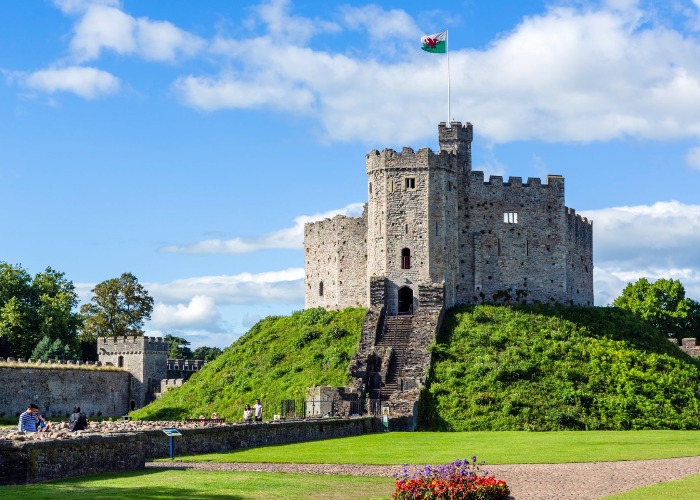
Europe’s castle capital has more than 600 grand palaces that have shaped its landscape and history, but these are the jewels in the Welsh crown.
They call Wales the ‘Land of Song’, but the country is also the ‘Kingdom of Castles’, with more of these magnificent architectural gems per square mile than anywhere else in Europe. From Iron Age hill forts and Roman ruins to Medieval fortresses and Victorian fairy-tale follies, each has its own unique story to share with visitors.
1. Caerphilly Castle, Caerphilly, South Wales
Not only is Caerphilly Castle is Britain’s second largest castle after Windsor, but it has a tower that leans a greater angle than Pisa. Built by Gilbert de Clare in the 13th century, it was restored to its prime in the 1930 by the fourth Marquess of Bute, who is immortalised in a 20-foot (6m) wooden statue designed to ‘hold’ the wonky tower up (pictured).
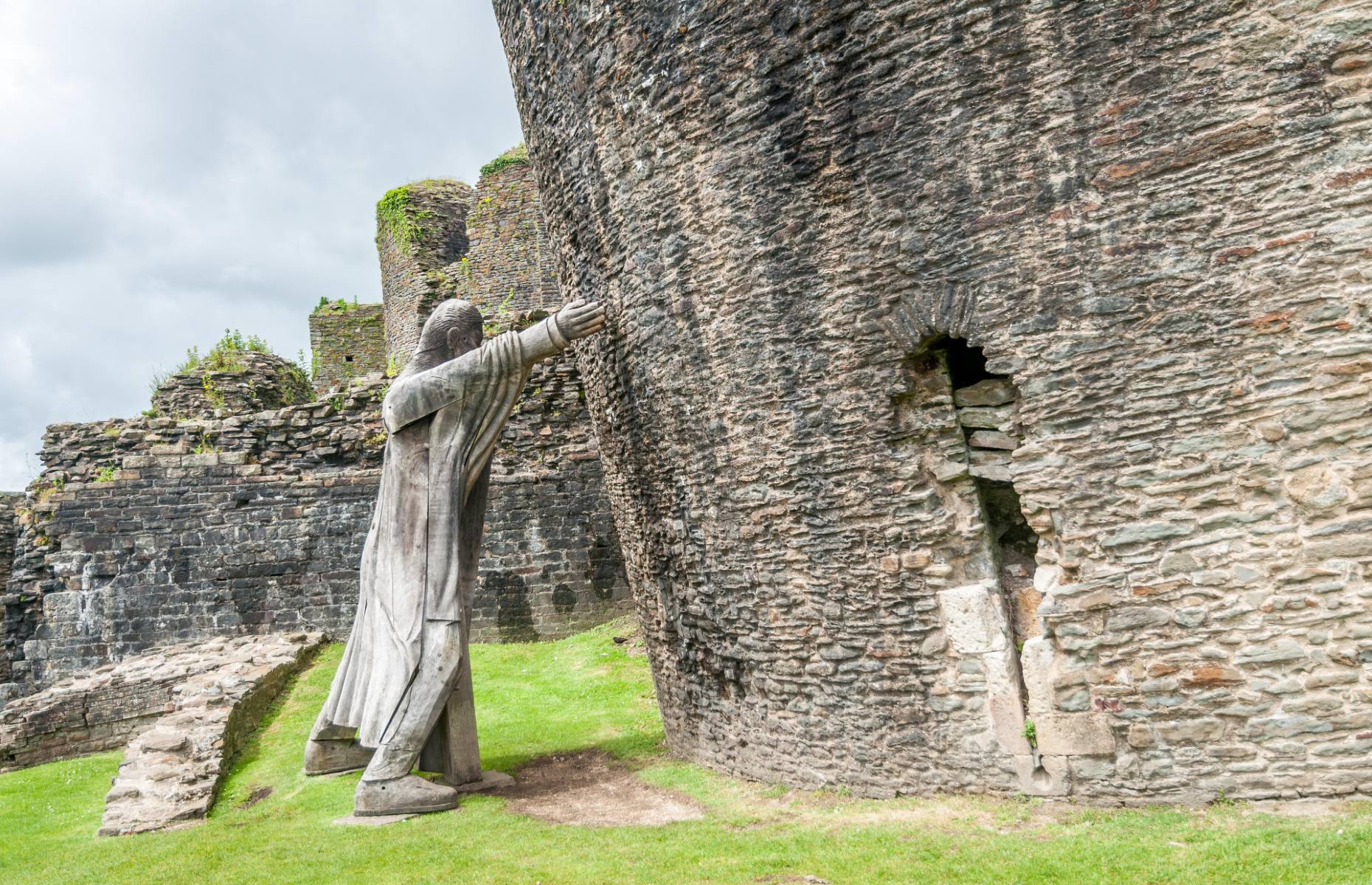 Mihai Barbat / Alamy Stock Photo
Mihai Barbat / Alamy Stock Photo
His investment in rebuilding the Norman stonework and reflooding the grand moat means crossing the drawbridge feels like stepping back in time. Don’t miss the replica siege guns and dramatic Great Hall, where the ghost of The Green Lady – de Clare’s estranged wife Alice – is said to live.
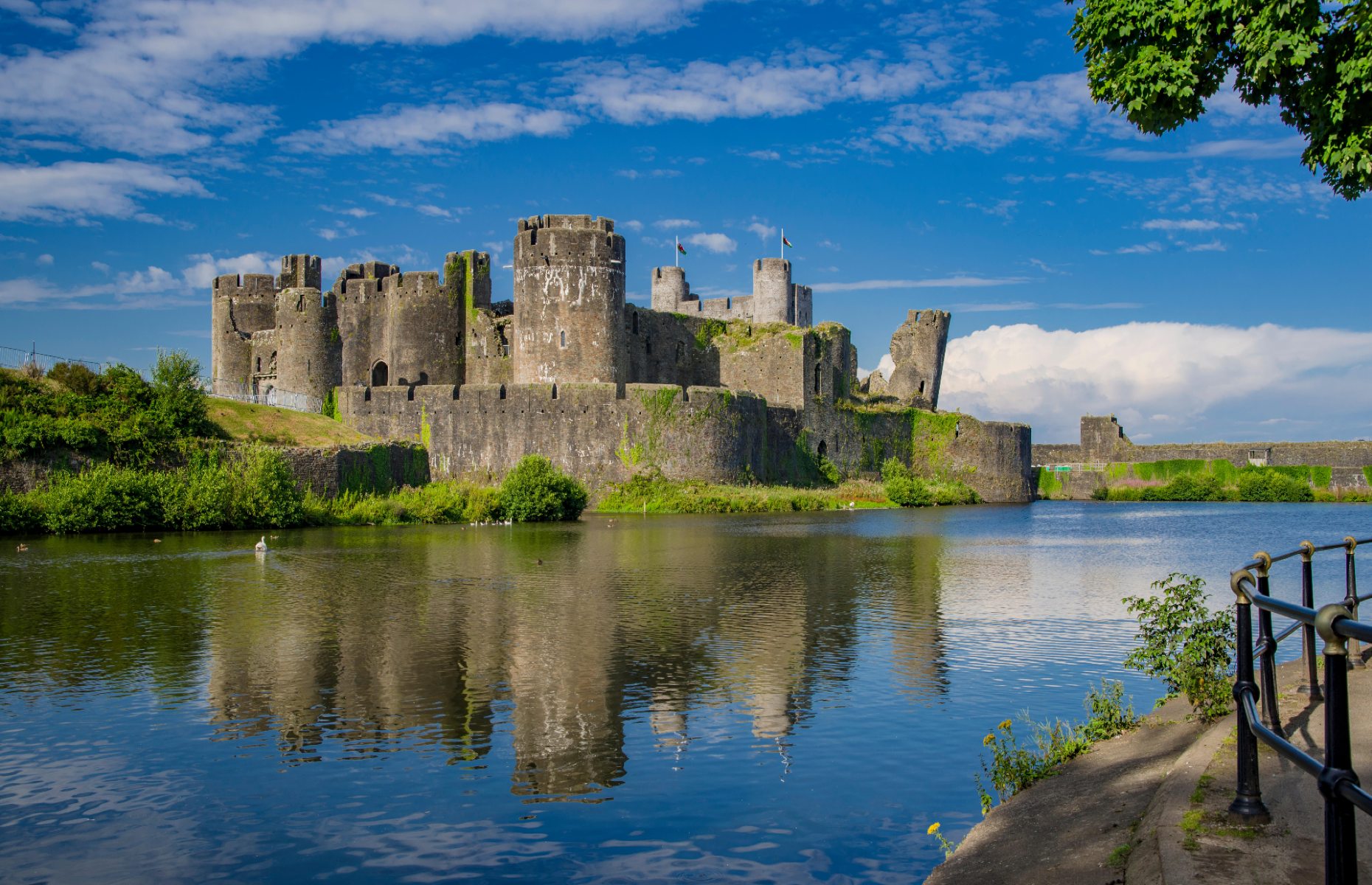 Peter Hawkins / Alamy Stock Photo
Peter Hawkins / Alamy Stock Photo
Dine at Mediterranean restaurant Casa Mia for unparalleled views of the castle’s southern side, then stay over the brow of Caerphilly Mountain at New House Country Hotel, a Georgian manor overlooking Cardiff and the Severn Estuary.
READ MORE: Europe's most beautiful castles
2. Caernarfon Castle, Gwynedd, North Wales
The site of Prince Charles’s 1969 investiture sits on the banks of the picturesque River Seiont and is famed for its handsome 13th century polygonal walls and turreted Eagle Tower.
Caernarfon Castle was the first of four key fortresses constructed by English King Edward I to strengthen his power after conquering Wales, all designed by architect Master James of St George and each one now a UNESCO World Heritage Site. His heir Edward II was also born here, becoming the very first Prince of Wales, and to this day, the palace remains property of the Crown.
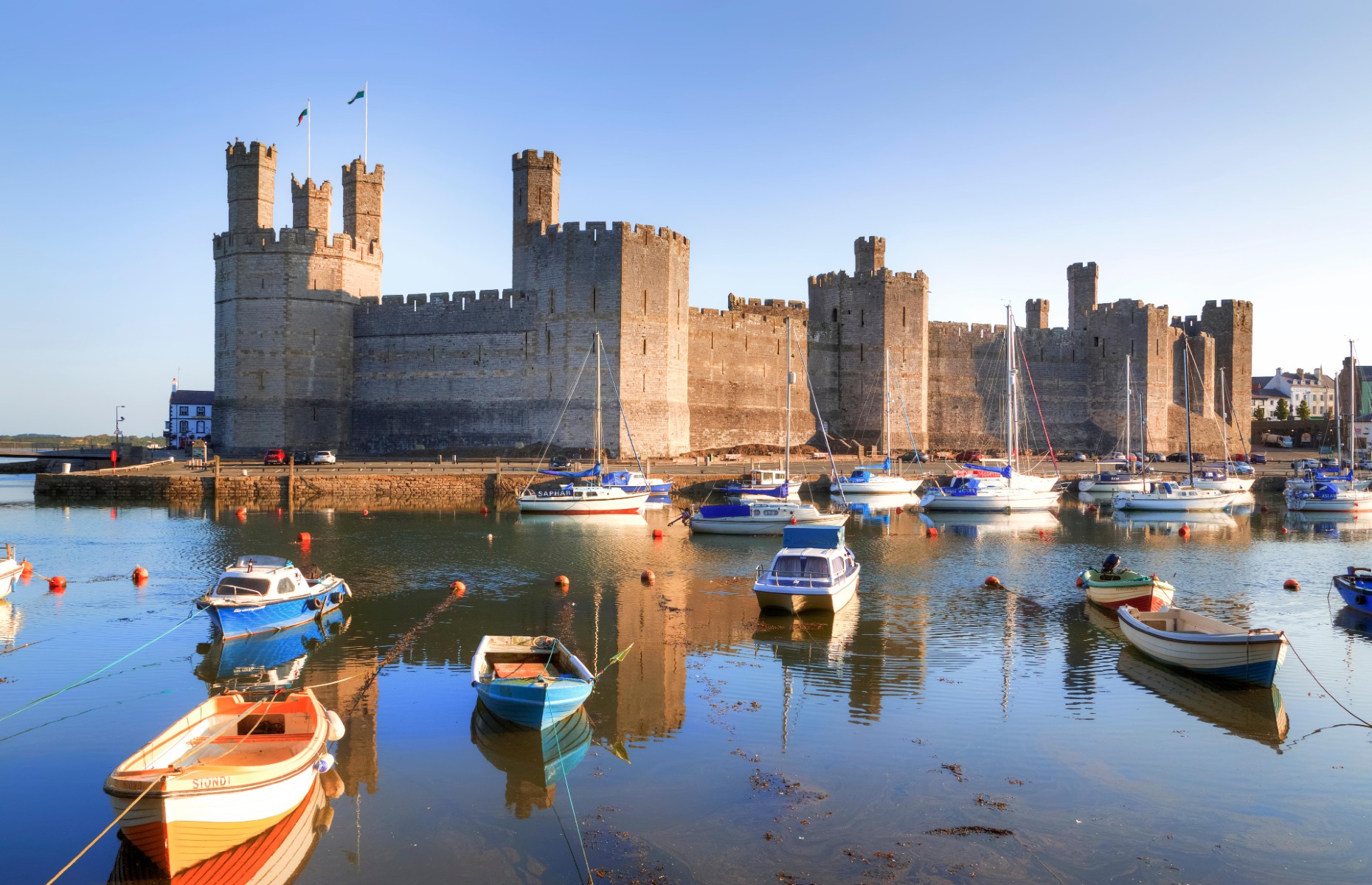 Joana Kruse / Alamy Stock Photo
Joana Kruse / Alamy Stock Photo
You can relax like royalty at Plas Dinas County House in nearby Bontnewydd, the former family seat of Princess Margaret’s husband Lord Snowdon. And you’ll find food fit for a king at Sheep and Leeks, which serves Welsh-focused tasting menus with finesse.
3. Dinefwr Castle, Carmarthenshire, West Wales
These ridgetop ruins with 360-degree views of the Tywi Valley were once the capital of an ancient kingdom ruled over by Lord Rhys, Prince of Deheubarth. But after Dinefwr Castle was captured by the English, it spent centuries at the centre of disputes before falling into disrepair.
Now it sits within National Trust-managed parkland, which is home to a rare White Park cattle herd dating back to AD 920 and Grade II-listed mansion Newton House, the former home of the descendants of Rhys.
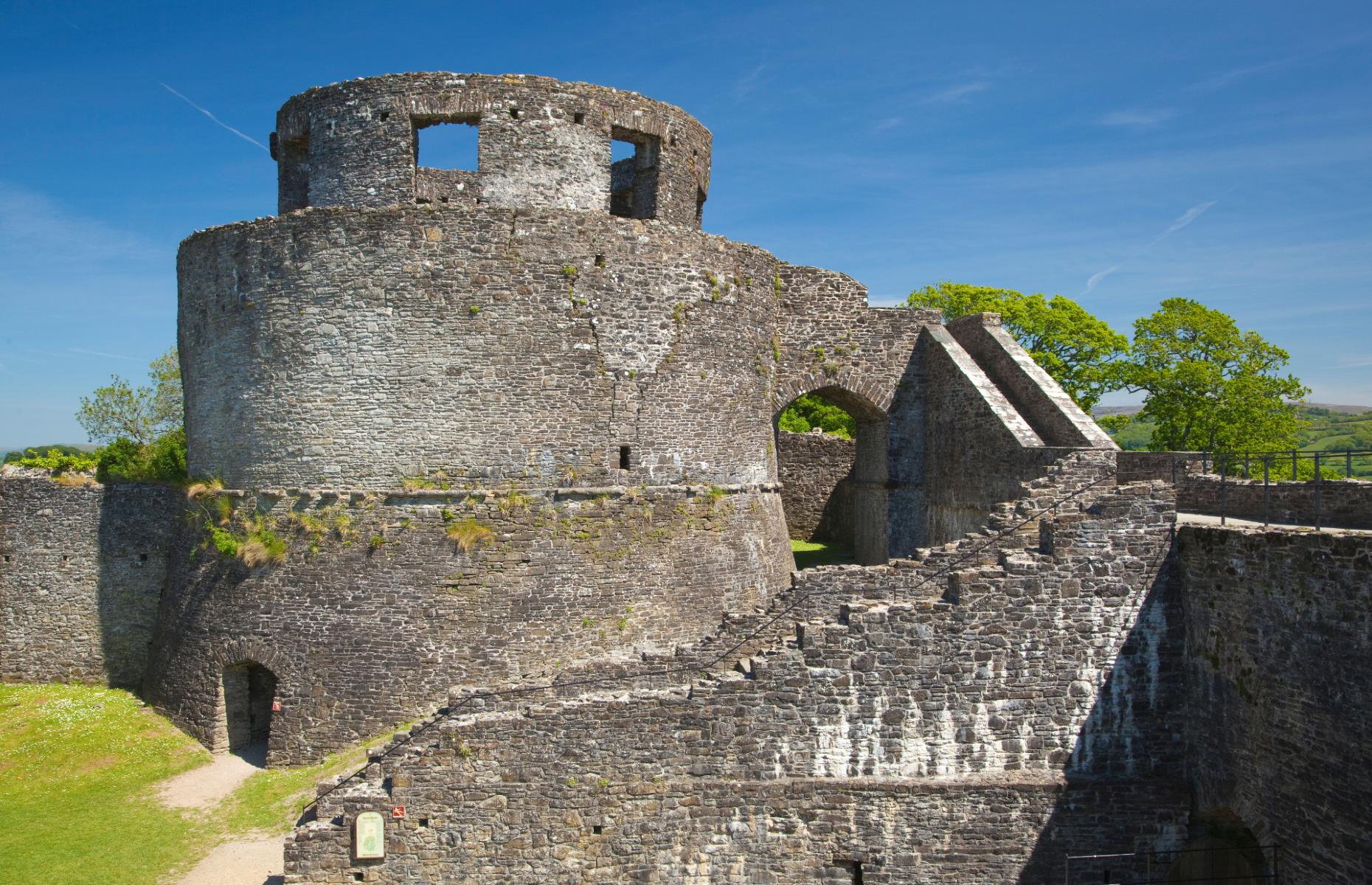 robertharding / Alamy Stock Photo
robertharding / Alamy Stock Photo
Later, rest your head at The Cawdor in nearby market town Llandeilo. This vibrant red coaching inn has country chic rooms and a seasonally-led restaurant.
READ MORE: Secrets of the world's most incredible castles
4. Gwrych Castle, Conwy, North Wales
This 19th-century folly built on the site of Iron Age, Roman and Medieval forts has been everything from an aristocratic country home and Kindertransport refuge to a boxing training camp and motorcycle rally track.
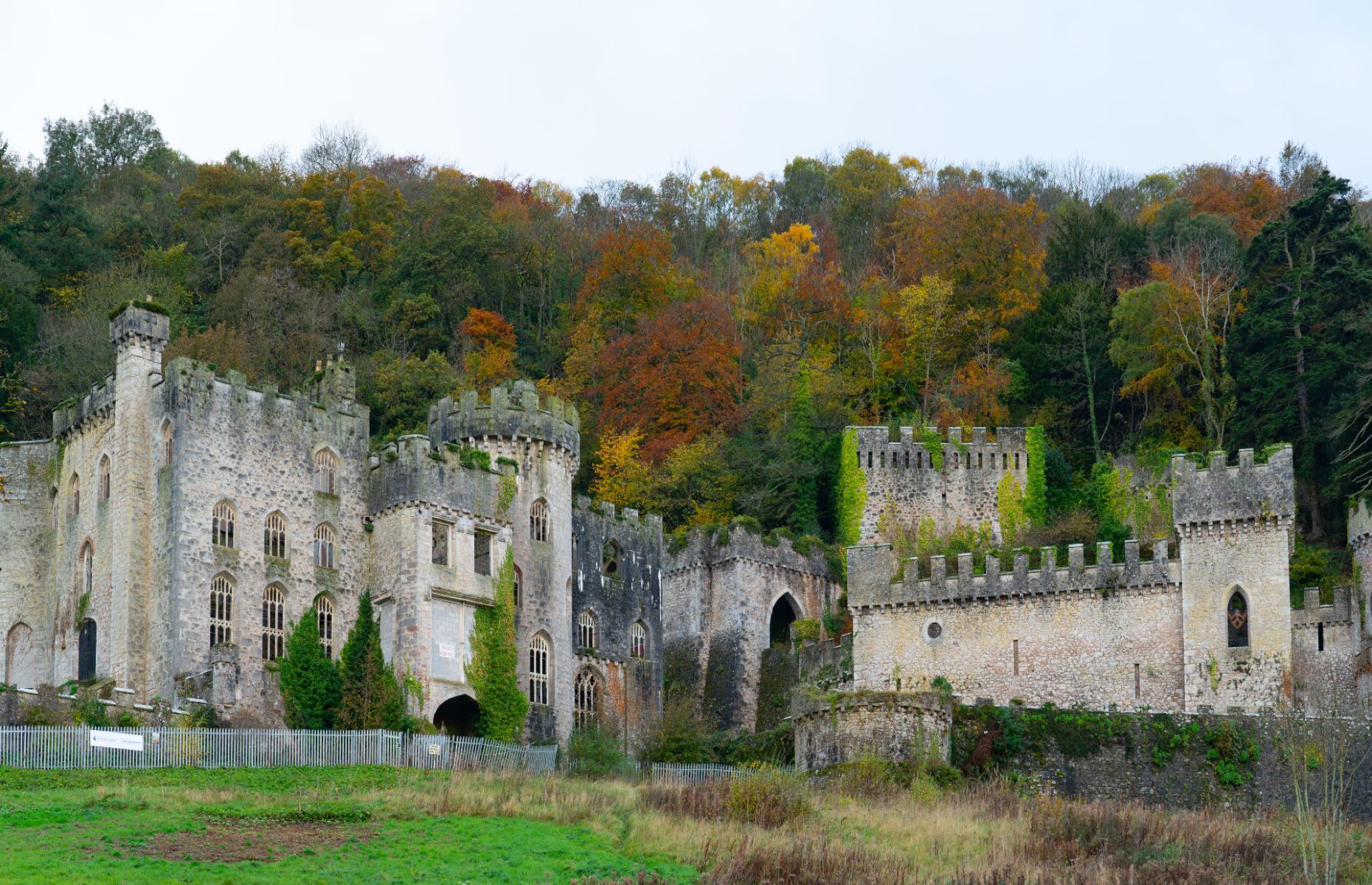 Paul Simpson / Alamy Stock Photo
Paul Simpson / Alamy Stock Photo
But this mansion above Abergele looked set to disappear into dereliction until locals, led by a then-teenager called Mark Baker, started a campaign to save it in 1996. Now Gwrych Castle is not only being restored, it has also found fame as a pandemic location for reality show I’m a Celebrity... Get Me Out of Here!
Get a taste of how the former owners, the Lloyds of Gwrych, lived by staying at Ty Crwn, their beach cottage on the shore of the Irish Sea, which has been restored using archive photos. Alternatively, Manorafon Farm offers camping with castle views and a farm park.
READ MORE: Europe's eerie abandoned castles
5. Cardiff Castle, Cardiff, South Wales
Situated at the heart of the Welsh capital, Cardiff Castle has seen its fair share of life over the last 2000 years, evolving from a Roman fort to the current Neo-Gothic structure, another legacy of the Bute dynasty’s fondness for restoring ancient architecture.
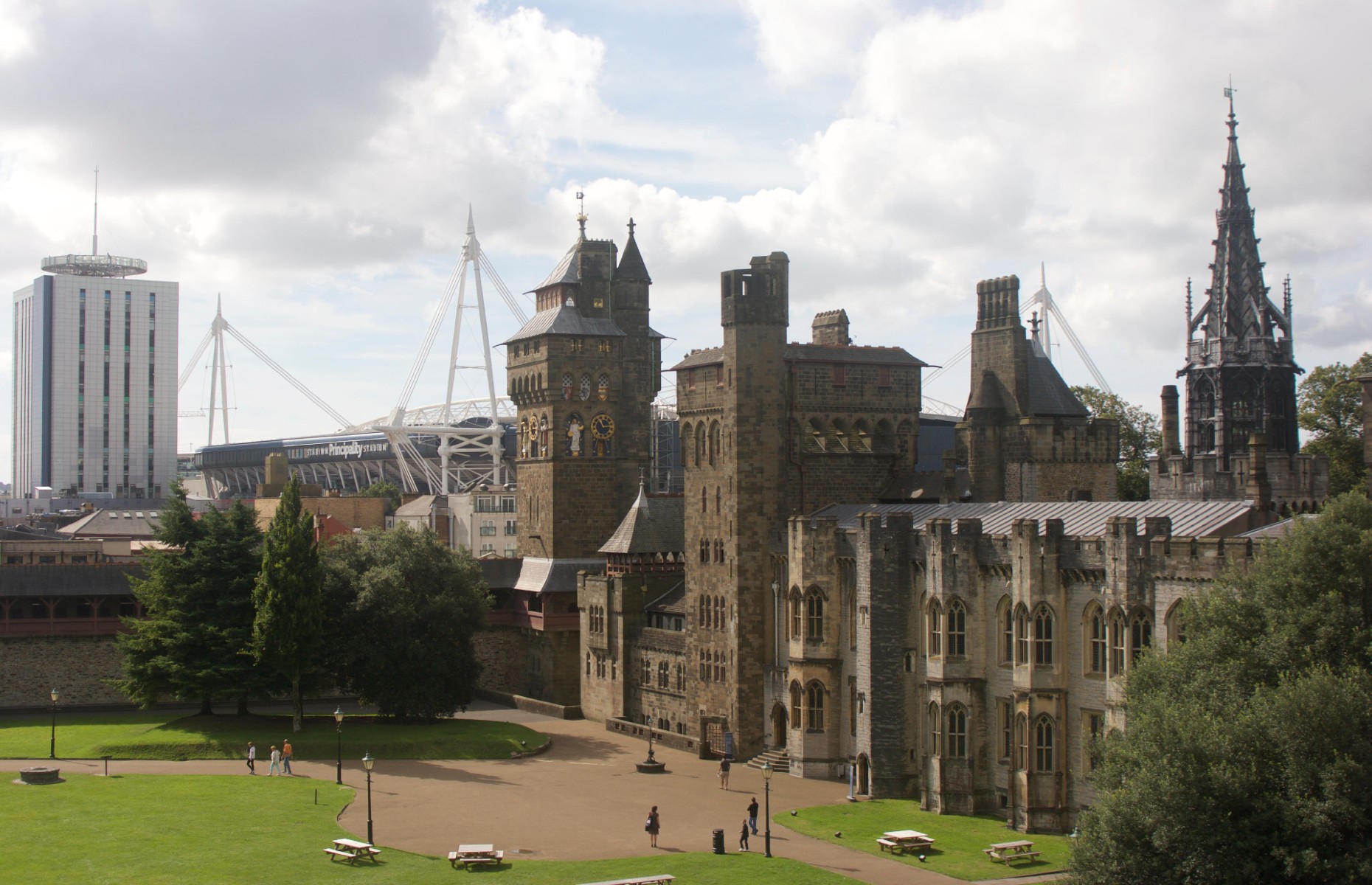 Robert Gray / Alamy Stock Photo
Robert Gray / Alamy Stock Photo
Today, it has a bustling events calendar, from food festivals to outdoor gigs by global stars. It’s also a stone’s throw from the home of Welsh rugby, the Principality Stadium, and the National Museum Wales, which has a renowned collection of Impressionist art.
Hilton Hotel overlooks the castle, while boutique B&B Cathedral 64 is the other side of neighbouring Bute Park and Sophia Gardens. Dine at The Potted Pig, a foodie heaven in a former bank vault.
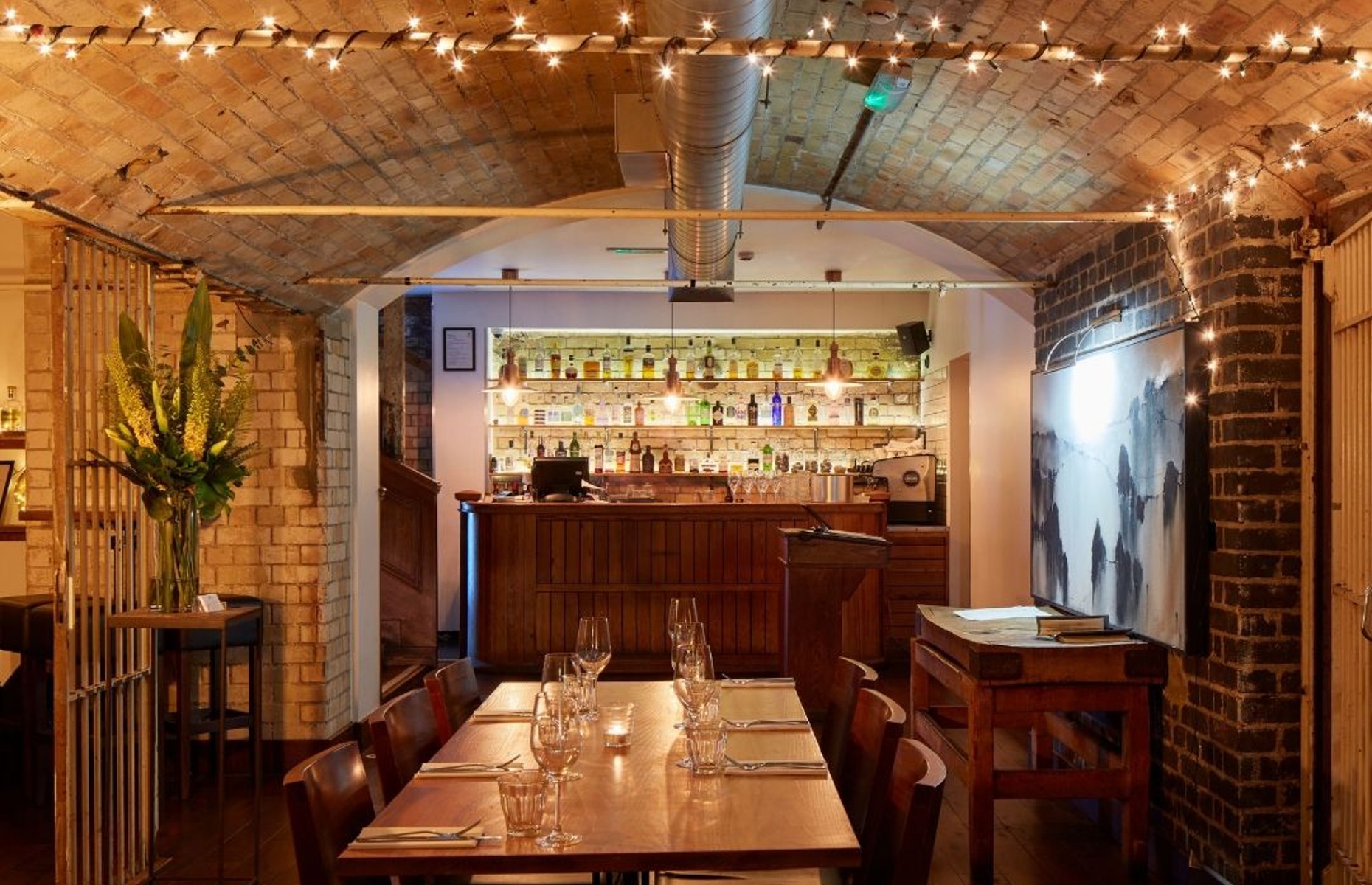 The Potted Pig/Facebook
The Potted Pig/Facebook
6. Pembroke Castle, Pembrokeshire, West Wales
The birthplace of Harri Tudur – later Henry VII and father of Henry VIII – has played a pivotal role in British history and is a fascinating warren of tunnels and towers on the Pembroke River estuary. The 80-foot (24m) Great Keep is a highlight, now used for abseiling and weddings, while underneath you’ll find a natural cavern called The Wogan, thought to have been in use for 12,000 years.
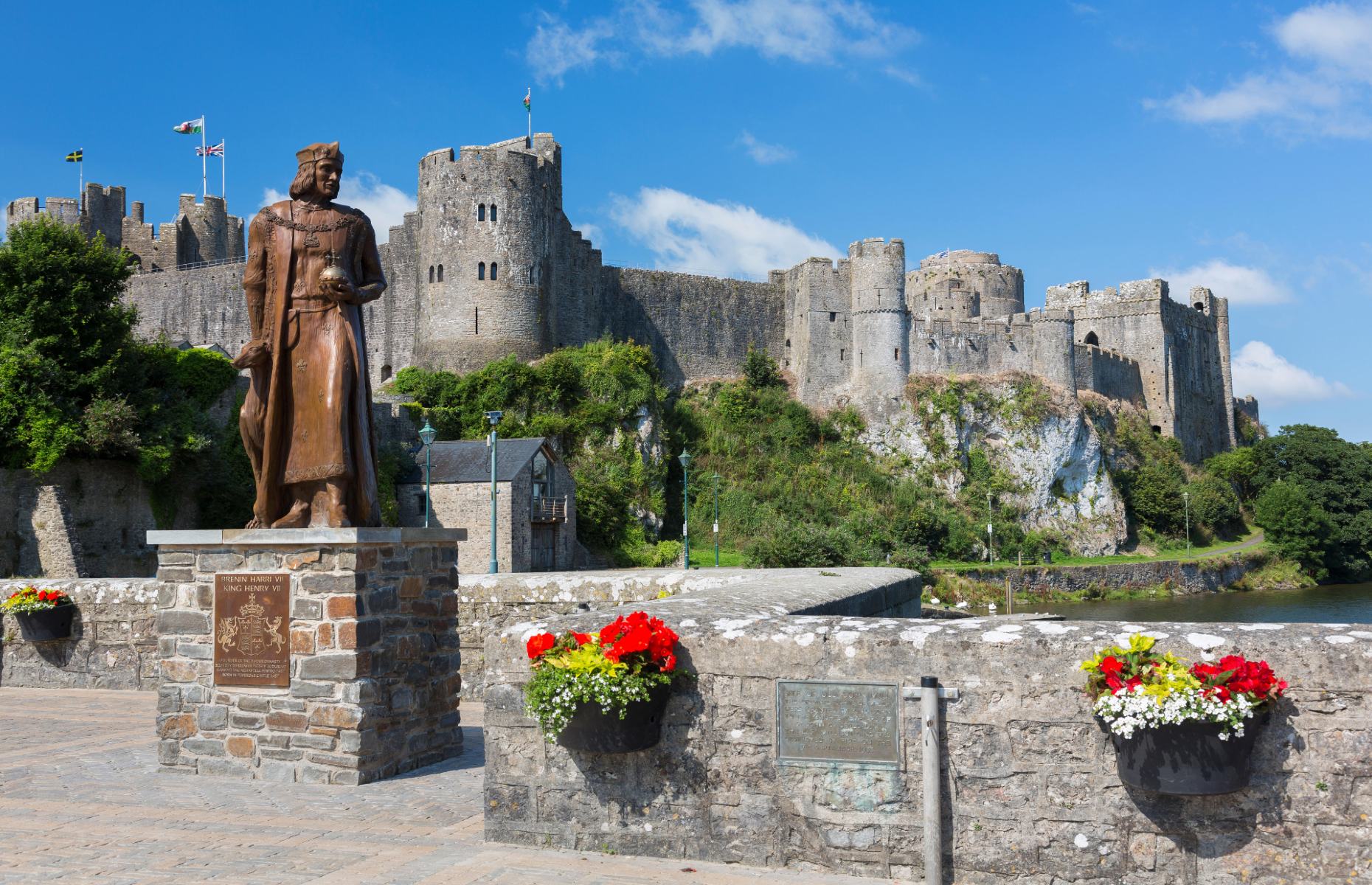 Andrew Hopkins / Alamy Stock Photo
Andrew Hopkins / Alamy Stock Photo
Pembroke Castle offers free guided tours daily and you can also explore the world’s largest map of Wales, an interactive ground mural the size of two tennis courts detailing the country’s medieval landmarks.
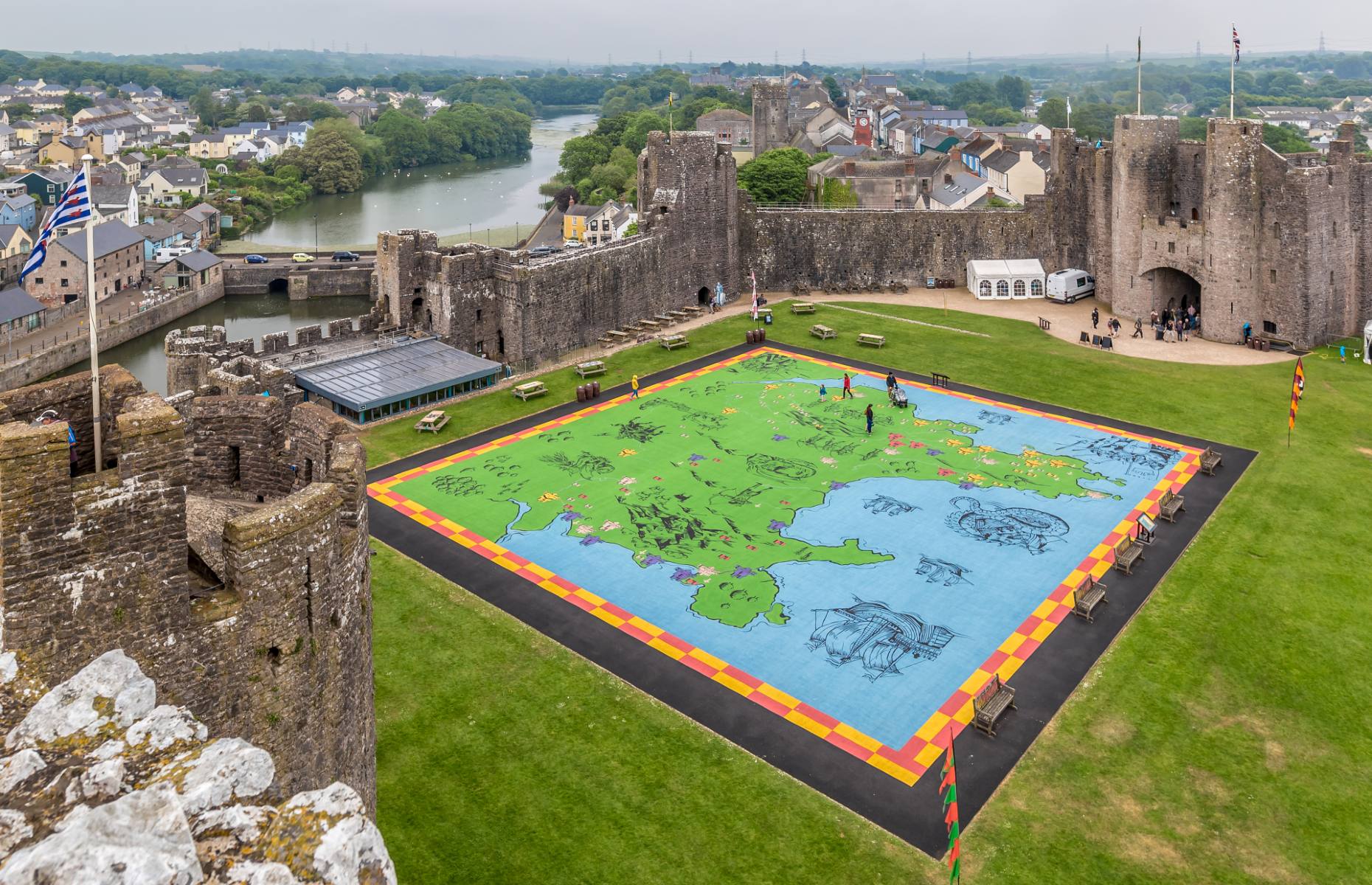 Alexey Fedorenko/Shutterstock
Alexey Fedorenko/Shutterstock
Three-bedroom holiday home Erwlas has a terrace overlooking the castle and river, or explore the fortress from the water by hiring a row boat from Paddle West.
7. Beaumaris Castle, Isle of Anglesey, North Wales
Arguably the greatest castle never built, moat-ringed Beaumaris on the southeast coast of Anglesey was to be the last and most spectacular of Edward I’s Welsh strongholds after Caernarfon, Conwy and Harlech. But he failed to finish it due to dwindling fortunes and trouble in Scotland, which is seen in the World Heritage Site’s squat shape.
What this fortress lacks in height, it makes up for in charm and views across the Menai Strait to Snowdonia. Beaumaris itself is a peaceful seaside town, with a sand and shingle beach, Victorian pier and fine Georgian houses.
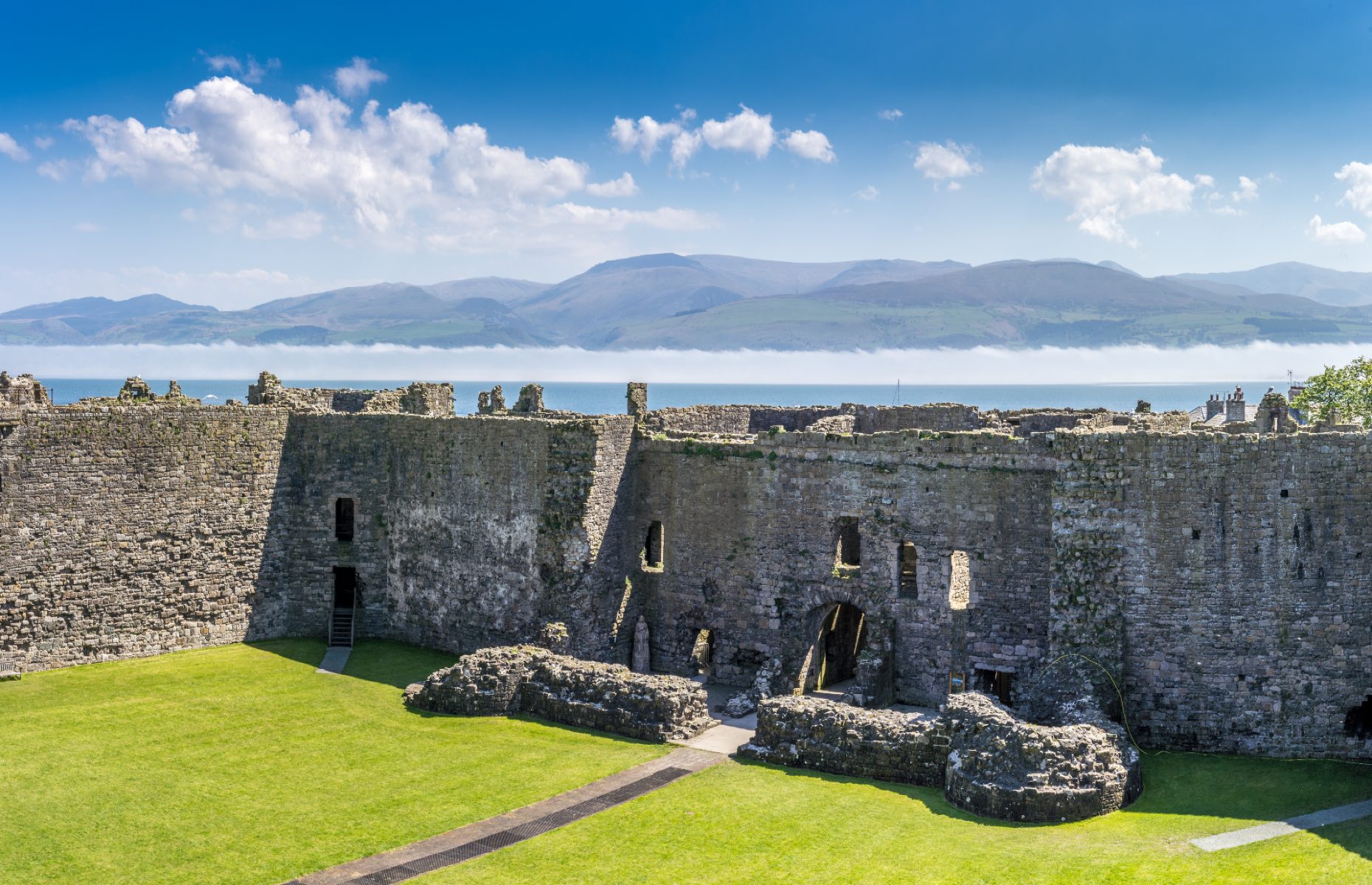 Phil Kieran/Shutterstock
Phil Kieran/Shutterstock
Stay at The Bull, which has plush rooms mixing traditional and contemporary styles, plus a funky dining room, Coach.
READ MORE: World's most amazing unfinished landmarks
8. Powis Castle, Powys, Mid Wales
Stood on a rock above a world-famous Italianate and French-influenced formal garden, Powis Castle is a palatial paradise with a dark heart. This lavish 13th-century mansion was built by Welsh prince Gruffydd ap Gwenwynwyn but later inherited by the Clive family, who were heavily involved in the East India Company.
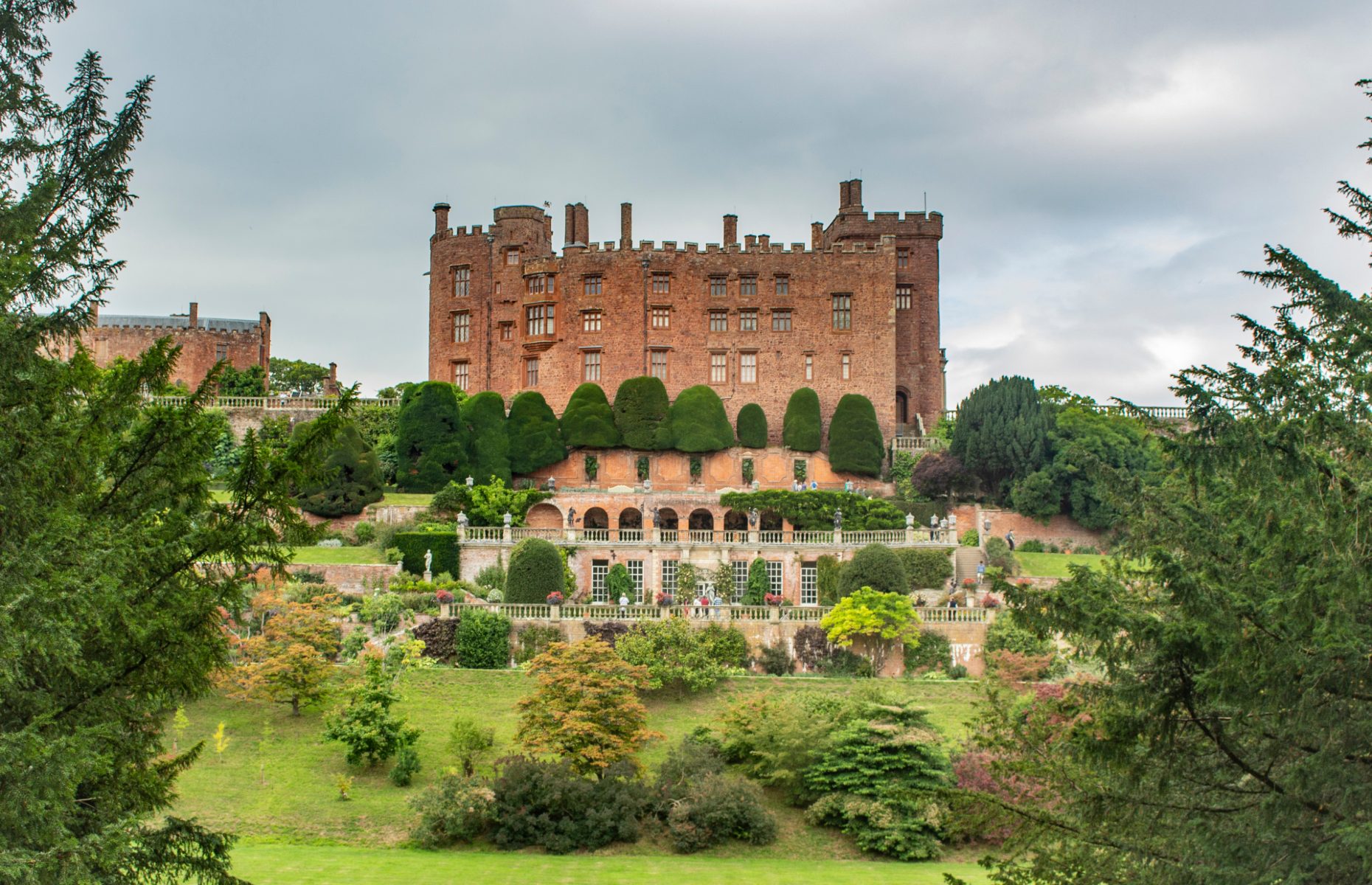 Sinead_photography/Shutterstock
Sinead_photography/Shutterstock
They looted the subcontinent of priceless treasures and put them on display in their opulent home near Welshpool. Today, the National Trust are using this shameful colonial collection to educate the public on our imperial legacy.
The Lion Art Hotel & Restaurant in nearby Berriew is the perfect base for a visit – a Jacobean inn mixing old wooden beams and boldly coloured walls, with a vivid Yves Klein-themed dining room. Artist owner Andrew Logan also has a museum dedicated to his sculptures nearby.
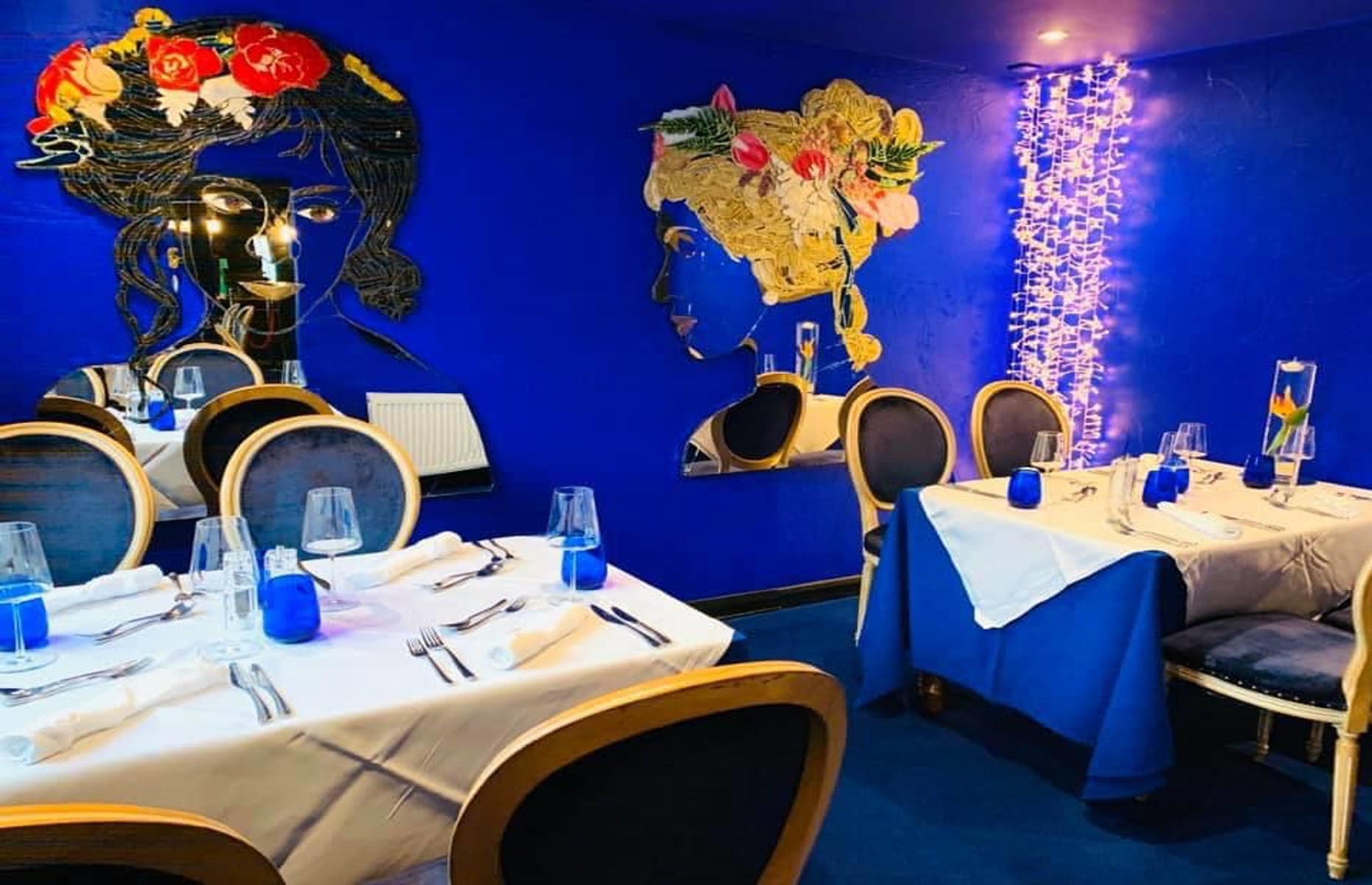 Lion Hotel, Berriew/Facebook
Lion Hotel, Berriew/Facebook
Lead image: Ian Dagnall / Alamy Stock Photo
READ MORE: 30 reasons to love Wales
Comments
Be the first to comment
Do you want to comment on this article? You need to be signed in for this feature